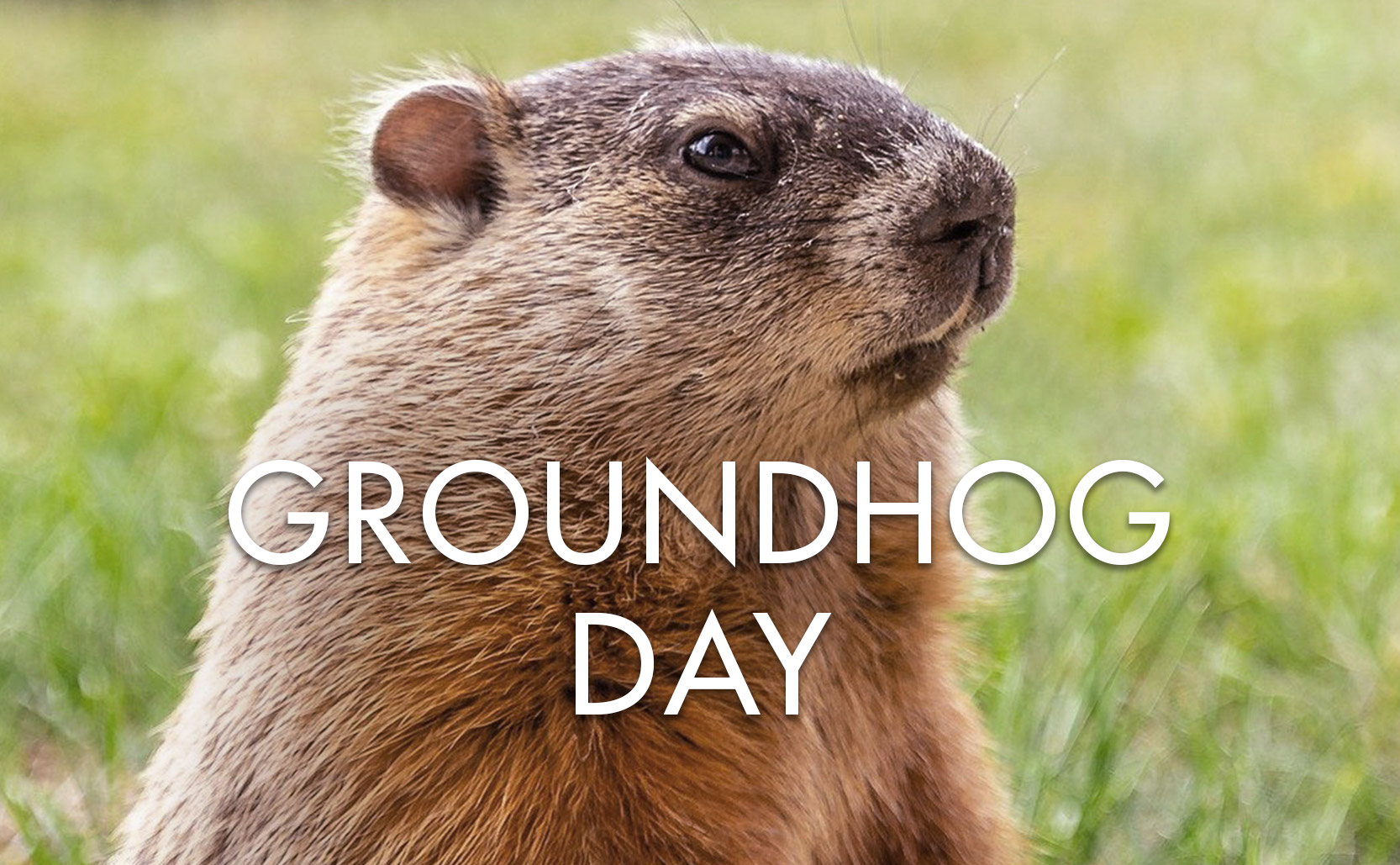Groundhog Day
Groundhog Day is halfway between the winter solstice & the spring equinox, and has its roots in Candlemas which has even older pagan roots.
Every February 2nd since 1887, people have gathered in the small Pennsylvania town of Punxsutawney for Groundhog Day, the day Punxsutawney Phil (the groundhog) predicts whether there will be six more weeks of winter or an early spring. This idea of marking the transition between winter and spring existed long before Groundhog Day.

Before Groundhog Day
February 2nd sits halfway between the winter solstice and the spring equinox. The ancient Celts of Europe marked this solar event with a festival which, after the Celts made it to the British Isles, became the the Imbolc festival. Imbolc in one of the four “fire festivals”, began at sundown on February 1st, and ended at the following sundown on February 2nd. In Ireland it evolved to honor the pagan goddess Brigid. When Christianity took over Ireland Brigid the pagan goddess became Brigid the Catholic Saint whose feast day (conveniently) was also on February 1st. The church Christianized the following day as well and made February 2nd Candlemas, the day commemorating the presentation of Jesus at the Temple.
Candlemas has its own customs. People take their candles to the church to be blessed, a reminder that Jesus is the light of the world. For some, Candlemas marks the end of the Christmas season and is the date they take down their Christmas decorations. German speaking areas of Europe also marked Candlemas as “Badger Day”, a folkloric day when a badger would help predict the weather. If a badger was seen in the sun on February 2nd there would be a “second winter”, ie. four more weeks of winter.

Punxsutawney
The tradition emigrated from Germany to North America where the groundhog was substituted for the badger (since badgers aren’t that common where these immigrants settled in the eastern United States – especially Pennsylvania). Similarly, where badgers weren’t common in parts of Europe other regional animals had been used such as foxes and bears.
The small western Pennsylvanian town of Punxsutawney has the most famous observation of this tradition, creating what has become the modern day Groundhog Day. The first “official” event was in 1887, where six more weeks of winter was predicted. Groundhog Day is presided over by a group of men in top hats & tuxes dubbed the “Inner Circle.” This amusing secret-ish society originally began as members of the Punxsutawney Elks Lodge, where the groundhog was not only use for weather prediction, but was also served as food at the lodge.
Phil the groundhog wasn’t a named element of the ritual until 1961. As the tradition goes Phil is the same groundhog year-after-year and is the only groundhog to have ever predicted the weather for Groundhog Day, on account of the “magical elixir” he drinks every year which adds 7 more years of life keeping him alive so long. Otherwise, a normal groundhog has a life expectancy of about 3 years (or up to 14 in captivity). Phil’s popularity as the prognosticator of prognosticators, the seer of seers, has led to many imitators.

Track Record
Much is made of Phil’s prognostication track record. As of 2021, he has:
• Seen his shadow / 6 more weeks of winter: 105 times (84%)
• No shadow / early spring: 20 times (16%)
• No record of his prediction: 10 times
Stormfax has said that Phil has 39% accuracy in predicting the weather, but the Inner Circle has said that Phil is 100% accurate. Any “wrong” predictions must have been Inner Circle error in interpreting Phil’s prediction.
Added info: the 1993 movie Groundhog Day was filmed not in Punxsutawney but in Woodstock, Illinois. The movie was so popular that Woodstock started hosting their own Groundhog Day festival. Meanwhile the popularity of the film took the Punxsutawney Groundhog Day event from attracting around 2,000 visitors to bringing in tens of thousands each year with the 2020 celebration bringing in an estimated 40,000 people (about 8 times the town’s population).


